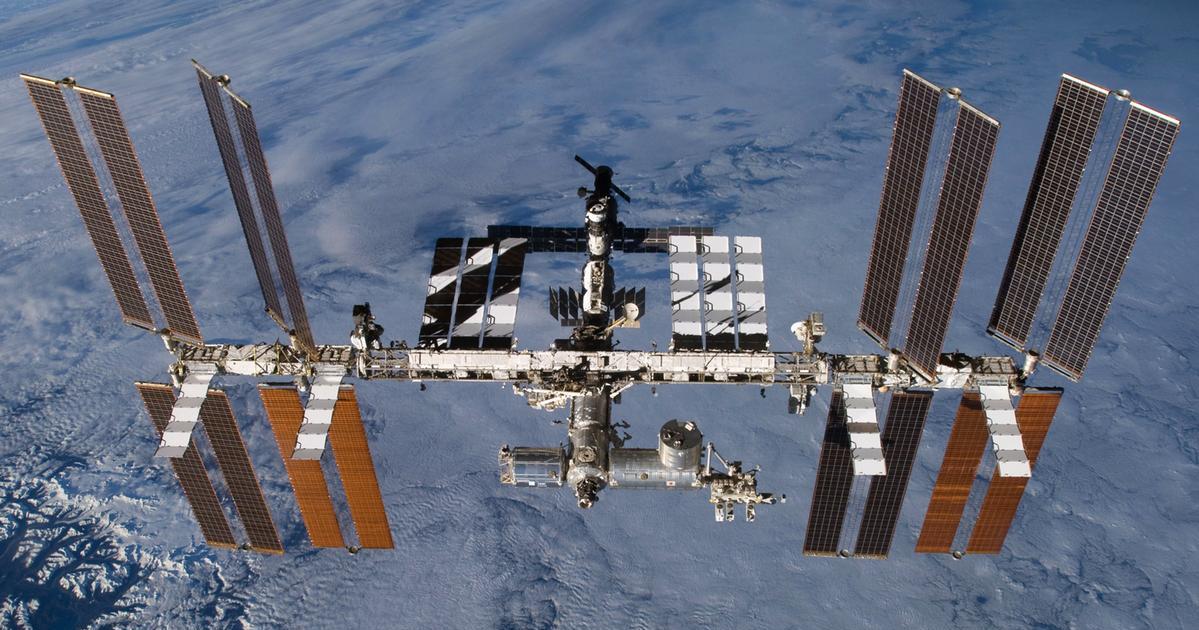Some debris from the International Space Station falls to Earth

A large piece of used batteries from the International Space Station (ISS) left orbit and re-entered the atmosphere yesterday, Friday, after nearly three years of circling the Earth. Most of this space debris probably burned up on re-entry, but there is a possibility that some fragments may have reached the Earth's surface.
Here's What We Know
It was a battery tray from the ISS weighing more than 2.6 tonnes. NASA deliberately sent this space debris on a trajectory leading to an uncontrolled re-entry. Sandra Jones, a NASA spokeswoman, said the agency conducted a thorough analysis of the debris on the pallet and determined that it would safely enter Earth's atmosphere.
The batteries entered the atmosphere at 2:29 p.m. Eastern Standard Time, according to the U.S. Space Force Command. At that time, the pallet was between Mexico and Cuba.
The European Space Agency (ESA) also tracked the trajectory of the pallet with the batteries. In a statement this week, ESA said the risk of a person being struck by a piece of the pallet was "very low" but said "some pieces could reach the ground". Jonathan McDowell, an astrophysicist who closely monitors space activity, estimated that about 500 kilograms of debris would hit the Earth's surface.
Flashback
The International Space Station (ISS) is a joint project of several countries, including the US, EU, Japan and others, designed for scientific research in space. It is a research laboratory complex orbiting the Earth. The ISS serves as a platform for conducting various experiments in the microgravity environment, studying the effects of the space environment on organisms and materials, as well as for testing new technologies and developing international cooperation in the space industry. It enables astronauts to live and work in space for the long term, and serves as a platform for international space missions and expeditions.
Source: Arstechnica